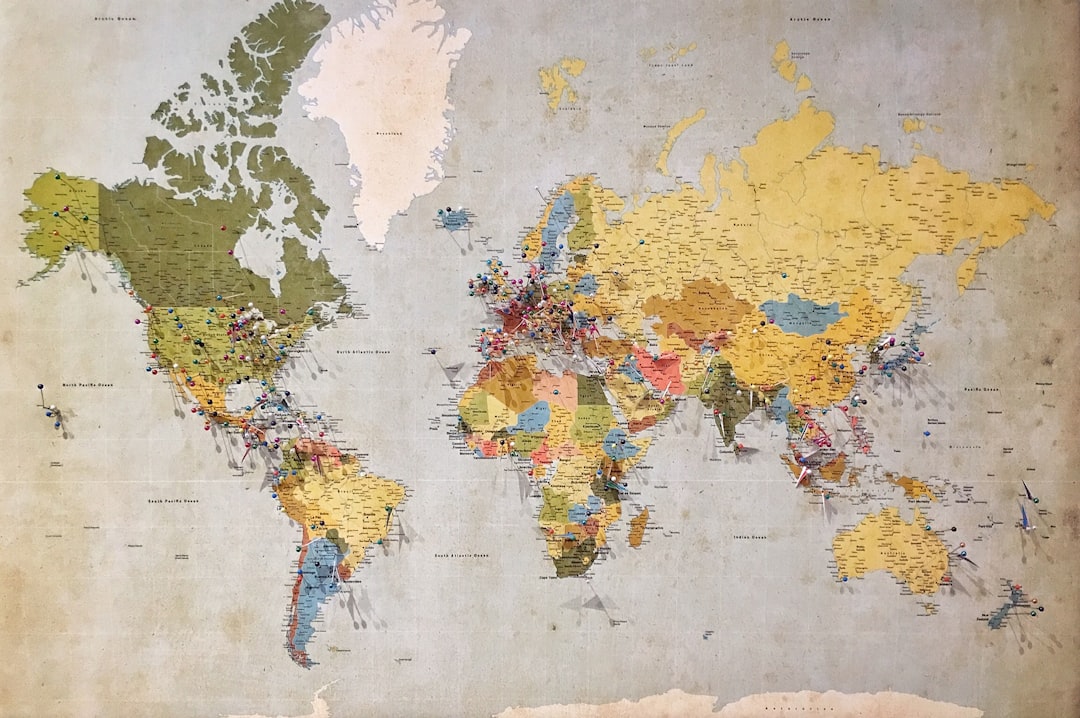What is it about?
In his most important book to date,Freedom is Power: Liberty Through Political Representation (2014b), Lawrence Hamilton offers what he describes as a realistic theory of freedom for modern conditions, located in the tradition of Western political thought. It is in fact both a philosophical and a theoretical argument with the former focusing on the link between freedom and power, and the latter between power and representation, as reflected in the two halves of the title of the book.
Featured Image

Photo by Erik Lindgren on Unsplash
Why is it important?
A rethinking of political representation in terms of aesthetic notions inspired by Ankersmit allows Hamilton to connect needs and groups to the heart of democratic decision-making. This pushes back against both liberal legalism and deliberation to affirm the centrality of groups and political contests through representation to freedom.
Perspectives
Freedom is Power moves from assumptions about the demos and politics that resonate across the global south, and increasingly in the more developed north with the rise of multiculturalism through migration, and the politics of war refugees and terrorism. Further, Hamilton’s work resonates with the empirical reality of a deep desire for the state, and for political rule over the economy held by the vast majority of people in the global south. It also suggests, against pejorative associations of this desire for the state with clientelism, patronage and corruption, that what is really at stake in this desire is freedom
Professor Laurence Piper
University of the Western Cape
Read the Original
This page is a summary of: Representing Hamilton, Representation, January 2017, Taylor & Francis,
DOI: 10.1080/00344893.2017.1346878.
You can read the full text:
Contributors
The following have contributed to this page










